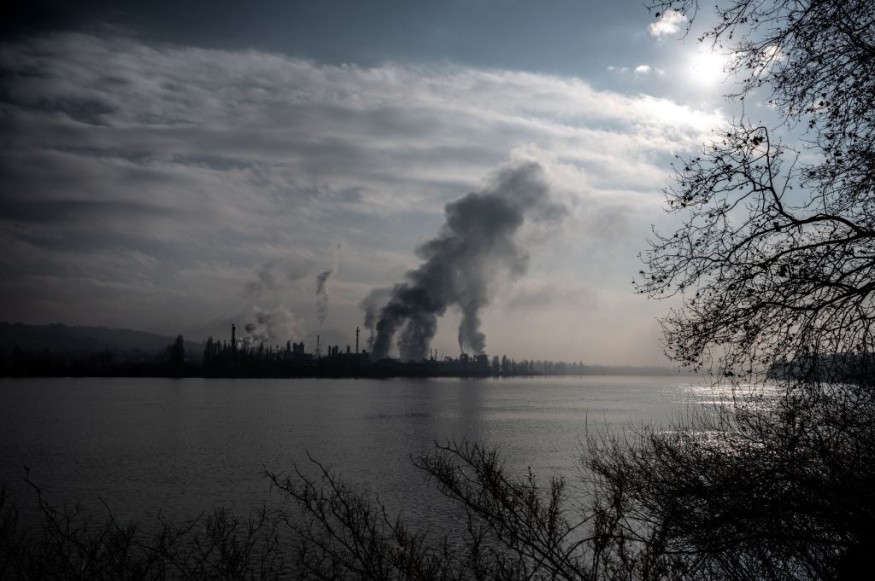Climate change and global warming have been a primary focus of the recent conference between the UN and its member countries in October and November 2021.
With the latest UN report, evidence showed that planned and current measures to reduce greenhouse gas emissions are not enough.
UNEP Report; Global Warming Measures are Not Enough

The United Nations Environment Programme (UNEP) has issued its latest emissions gap report concerning the reduction of methane emissions by at least 30% from 2020 until 2030.
The report is in line with the agreements made with over 100 member countries during the 26th UN Climate Change Conference of the Parties (COP26) in Glasgow, Scotland hosted by the UK between October 31, 2021, and November 13, 2021.
However, the latest UNEP report indicates current and planned mitigation measures, including oil and gas companies, are insufficient in limiting global warming.
As world leaders find ways to decrease methane and other greenhouse gases, scientists are finding ways to develop easier methods in curbing greenhouse gas emissions.
The UNEP report is under the International Methane Emissions Observatory (IMEO), a data-driven and action-focused initiative-with the objective of reducing methane emissions, starting with the energy sector.
Supported by the European Commission, the IMEO initiative was launched at the G20 Summit on the eve of the COP26.
Paris Agreement and UN Framework Convention on Climate Change
The COP26 was held to accelerate action against climate change and global warming under the goals of the Paris Agreement and the UN Framework Convention on Climate Change (UNFCCC).
According to the UNFCCC, the Paris Agreement (also called the Paris climate agreement or Paris climate accord) is a legally binding international treaty on climate change signed between 196 Parties at COP 21 in Paris on December 12, 2015.
The agreement took effect on November 4, 2016, with the objective of reducing global warming by up to 1.5 degrees Celsius compared to pre-industrial levels.
Furthermore, the agreement binds member countries into a common cause of combating climate change and its effects, says the UNFCCC.
The role of these member countries is to cooperate and eventually submit their reports containing the measures they will take to reduce their greenhouse gas (GHG) emissions.
The Paris accord centralized in the reduction of these human-caused GHG emissions since it accelerates the natural phenomenon of the greenhouse effect.
The Natural Resources Defense Council (NRDC) defined the greenhouse effect as the natural warming of the Earth due to the trapped GHG in the atmosphere which prevents heat from the sun to escape.
The NRDC stated the main gases responsible for the greenhouse effect are: methane, carbon dioxide, nitrous oxide, and fluorinated gases.
Since the dawn of industrialization, the emission of GHG has increased over the past century.
According to the United States, Environmental Protection Agency (EPA), the electricity and heat production sector is the No. 1 source of GHG emission, followed by the agricultural and industrial sectors.
Challenge of Reducing GHG Emissions
The findings of the latest UNEP report show the evident continuation of the challenges surrounding the reduction of GHG.
In spite of the paramount data available about climate change and global warming, a large number of countries are still struggling to take their part under the Paris accord and the UNFCCC.
The challenge of reducing GHG is most felt by developing countries that are reliant on oil and gas production, which requires them to engage in the use of fossil fuels and other energy-related activities, as per Energy Post.
Related article: Claims that Australia's Greenhouse Gas Emissions Are Declining Have 'Zero Credibility,' Experts Find
© 2025 NatureWorldNews.com All rights reserved. Do not reproduce without permission.





